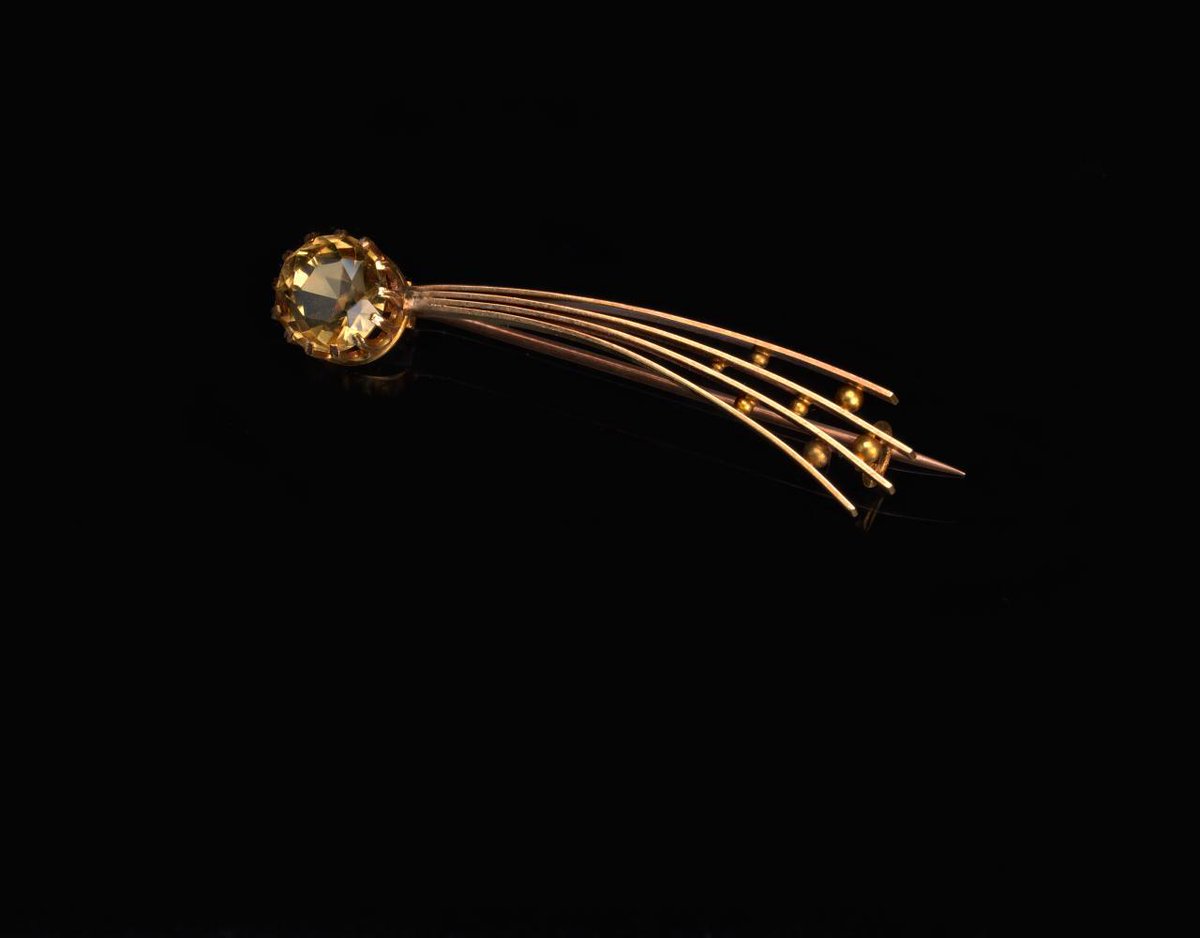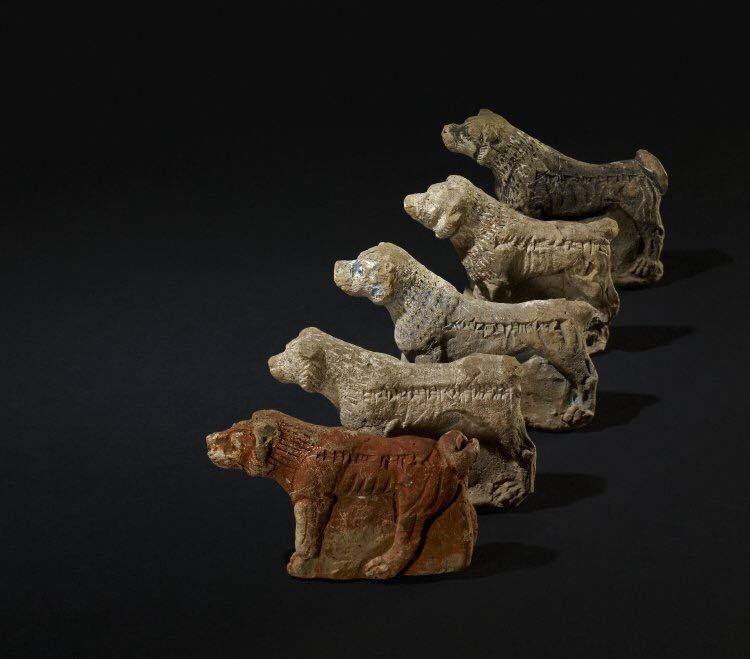152
153
155
157
158
159
160
162
163
164
166
168
169
170
171
174
175

























